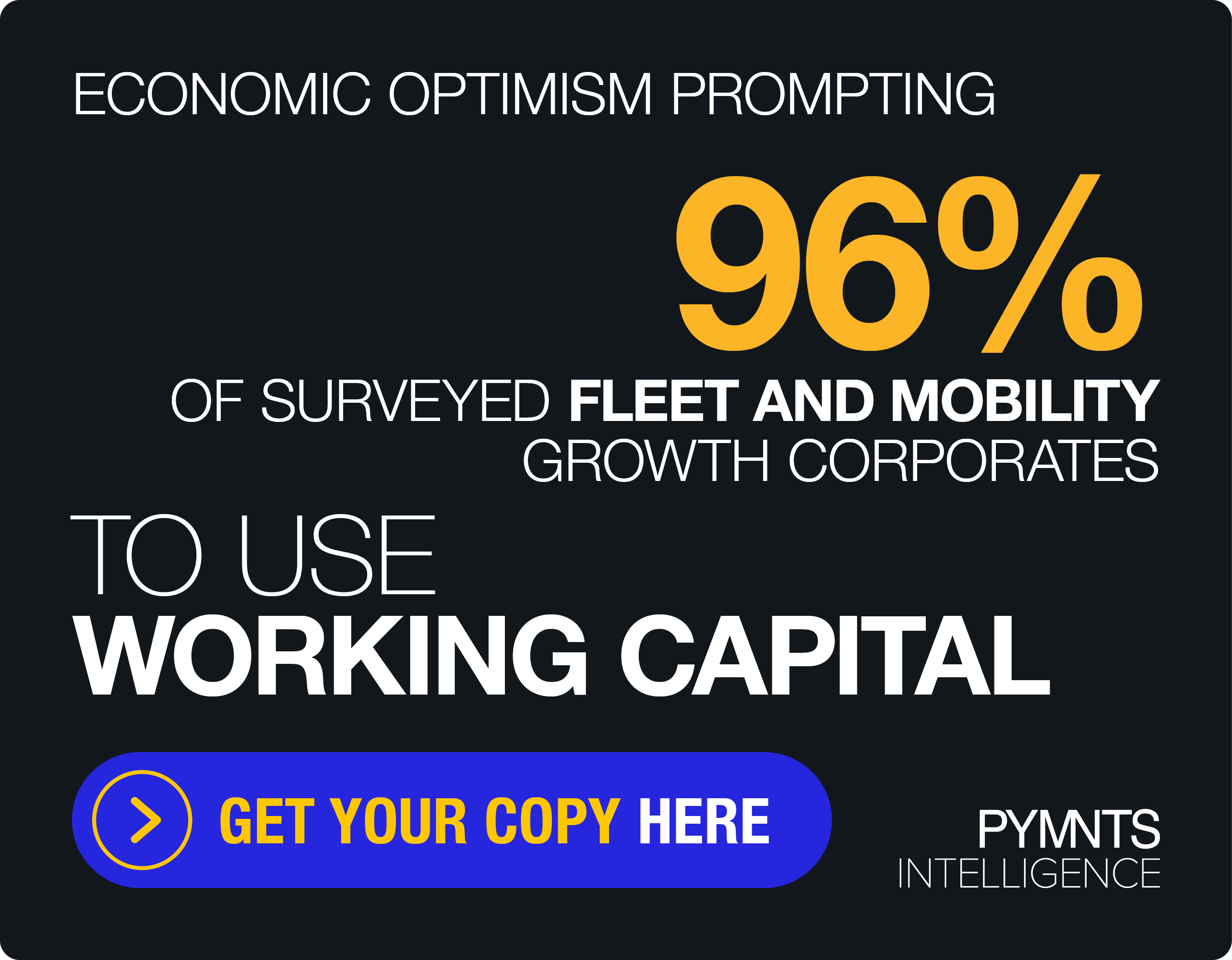Cvent Taps Amex For Corporate Event Virtual Payments

The expense management market is a flurry of innovation and competition these days, yet the focus almost always lands on the costs associated with business travel. There is a massive area of corporate spend, however, that is only just beginning to capture the attention of corporate payments innovators.
Worldwide, the meetings, incentives, conventions and exhibitions (MICE) industry is gearing up to reach a $1.24 trillion valuation by 2023, according to Allied Market Research — powered by a mesh of corporates, sponsors, planners, venues and suppliers, ranging everywhere from security to snacks. In other words, business meetings and events are big business, and planners are facing new pressure to keep costs low.
American Express Global Business Travel‘s (Amex GBT) recently-released report on the corporate meetings industry predicted businesses’ event budgets to remain relatively flat this year.
“Meetings professionals suggest that meeting owners are looking more closely than ever before at the details of their meeting spend,” the report stated.
According to Yma Sherry, VP of Meetings & Events North America for American Express GBT, meetings are now considered a high-risk category of spend “with big opportunities for fraud,” and managers are scrutinizing expense reports. Cost-per-attendee is expected to continue to rise, American Express GBT found, so the pressure to manage spend isn’t going away any time soon.
However, with so many suppliers in the mix across such a broad range of verticals, achieving visibility into events and meeting spend can quickly go awry.
“It’s no secret that the life of a corporate event planner is incredibly complex,” explained Patrick Smith, SVP and chief marketing officer at meetings technology provider Cvent, in a recent interview with PYMNTS. “It is not uncommon for five or more forms of payment to be used for a single event, and it’s difficult to keep track of payments and ensure that [financials are] being properly tracked and communicated to key stakeholders.”
As American Express continues to grow its roots deeper into the B2B payments market, the firm recently announced a partnership with Cvent. Amex will integrate its virtual card technology with Cvent, allowing customers to pay suppliers using single- or multi-use virtual Amex account numbers. Their integration, the companies said in an announcement on Friday (July 20), will also provide event planners with streamlined visibility into spend, providing event planning and management, as well as spend management, on a single platform.
Approaching events and meeting spend doesn’t look the same as other forms of spend management, like corporate travel, though this area does demand some of the same features that executives of all types demand today when it comes to expense management. That includes digitization and management of payment data, real-time analysis of that information and access to deeper insight about spending trends, including budget and forecast capabilities.
Usually, however, event organizers only manage spend when they look at costs after an event has already concluded, Smith explained.
“They typically have an idea of the spend before an event occurs,” he said, “but visibility is often lost until the event concludes.”
Integrating virtual card technology means Cvent can link its customers to a digital payments solution, which can arm users with the spend data they need, while providing security offered by the virtual card technology to address the risk of expense fraud.
Much like corporate travel, the corporate events and meetings space has a unique spend pattern that includes expenses before and during an event. The often chaotic nature of event planning means expenses can often occur at the last moment and on the spot, as the event is taking place. That could mean extra audio/visual equipment or the addition of more meeting space following a last-minute boost in registration numbers, Smith said.
“These on-the-fly costs not only add up quickly, but also add complexity to what is already a stressful situation on site,” he said.
Smith added that virtual payments can provide the speed and efficiency that professionals need to make these last-minute expenses without forfeiting visibility into spend. The largest challenge in this area, however, is acceptance. Virtual cards are often associated with online purchases, so acceptance of virtual payments in-person is not guaranteed. And while virtual cards can be used for any supplier that accepts a commercial card, supplier acceptance of cards online isn’t ubiquitous.
He said he is recognizing a rising adoption in the meetings and events landscape, though. According to American Express GBT’s industry report, events and meetings are growing more complex, globalizing and leaning on cutting-edge technologies to enhance attendees’ experiences. And yet, analysts noted, budgets are not expanding as event complexity grows.
The bright side to this trend, though, is that the technological adoption by the corporate events planning space has translated to willingness by industry professionals to adopt digital payments solutions, said Smith.
“Digital transformation is happening in the meetings and events world, and virtual cards [are] a great example of this trend,” he said. “Our world is going digital, and corporate event planners are consistently looking for ways to streamline their processes and become more efficient.”
